This week I finally finished playing Playdead’s Inside. I started playing the game at launch and had previously written about my reaction to the violence. I found the violence especially disturbing since it was directed at a child. As I was playing through the game I found myself talking through it with Charlotte, who was playing the game at the same time, and that seemed to help me process some of the feelings that I was having.
Over the course of the last week and a half, the Black community has been left reeling by the murders of Philando Castile and Alton Sterling at the hands of uniformed police officers. Since these murders, #blacklivesmatter supporters across the country have taken to the streets to protest police brutality, systemic racism, and the execution of yet more Black men. While Castile and Sterling were simply the latest in a long line of Black men, women, and children killed by police in the United States, these two seemed to be especially troubling. Perhaps it was because the world was able to witness (via bystander video) as Alton Sterling was shot multiple times in the chest at point blank range while he was being held to the ground. In the case of Philando Castile, it may have been the fact that the aftermath of his shooting was livestreamed by his distraught partner, Diamond Reynolds, as her 4-year-old daughter watched the entire ordeal from the back seat of the vehicle. Also killed the same week only to have their deaths caught on surveillance cameras were Delrawn Small, who was shot in the head by an off duty police officer after a fender bender, and Alva Braziel, who was shot 10 times by police with his hands in the air, but these deaths initially received less social media attention, most likely because the videos were devoid of audio and the commentary of horror that we were made privy to in the previous cases.
In the hours and days that followed the release of these videos on social media, many Black people found themselves confronted by racist, reactionary calls of #alllivesmatter in response to their calls for justice. The subsequent shootings of police officers at a Dallas peace rally only added fuel to the fire and resulted in Black calls for justice being shouted down with “#Bluelivesmatter” from the same folks who had taken “offense” to the mattering of Black lives under the guise of it being exclusionary. Following this train of thinking here?
For many of us, the last two weeks have been a time of anger, mourning, and feelings of hopelessness. As we have come together for support we are now finding ourselves, “What now?”. We see the systems of racism ever present and operating as 100s of peaceful protesters are being arrested for simply being there and wanting to be acknowledged as human, as being worthy of life. And while Black men were dying in the street, slumped in the front seats of automobiles, and having their murders witnessed by little Black girls with tight braids tipped with colored beads and innocence dying in their eyes, the rest of us sat helplessly by wondering what we could do to stop these murders, if we are going to be next, or if it would be our siblings, partners, or children. And all the while I could not bear the thought of shooting something or someone, even in a video game.
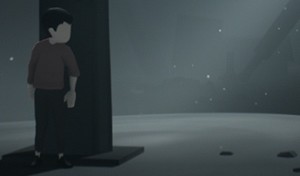 During the first part of my playthrough of Inside, I had been particularly disturbed by a scene that was reminiscent of the tracking and killing of runaway slaves. Bodies riddled with bullets and torn by the hungry teeth of dogs. As the game played on and the nameless, faceless child struggled to make it through a series of dangers toward some unseen goal, we could see him struggling to do things alone that no child should do, seeing things that no child should see, like the beautiful brown girl in Falcon Heights, MN with innocence dying in her eyes. In Inside this child has no eyes, but seems to instinctively know where to go, what to do, and is unaffected to the horrors taking place around him. He knows how to get things done, how to navigate the horrors and advance. He knows the rules. Timing is everything. Be silent, be invisible, control the golems around you so that they do your bidding.
During the first part of my playthrough of Inside, I had been particularly disturbed by a scene that was reminiscent of the tracking and killing of runaway slaves. Bodies riddled with bullets and torn by the hungry teeth of dogs. As the game played on and the nameless, faceless child struggled to make it through a series of dangers toward some unseen goal, we could see him struggling to do things alone that no child should do, seeing things that no child should see, like the beautiful brown girl in Falcon Heights, MN with innocence dying in her eyes. In Inside this child has no eyes, but seems to instinctively know where to go, what to do, and is unaffected to the horrors taking place around him. He knows how to get things done, how to navigate the horrors and advance. He knows the rules. Timing is everything. Be silent, be invisible, control the golems around you so that they do your bidding.
As I view the child protagonist through the lens of the world around me the issues become more clear. Violence is being forced upon Black people as a race. Our lives, our sense of safety, and our very feeling of humanity is being stolen from us yet again. Like this nameless, faceless boy we find ourselves struggling toward the unknown while all the while knowing that there is more. There has to be. Both we and the boy know that the system is out to destroy us, know that one misstep will reveal that we were different…perceived dangerous and that this will cause the system to destroy us. But still we persist. We persist because our only other option is death.
And that pivotal moment between persistence and death is when our child protagonist does it, the one thing we always ask ourselves if we could do in a pinch. Could we sacrifice ourselves to the greater good? This week I played the final 20 minutes of the game that I had been afraid to finish. Afraid because I was sure that something horrible was going to happen, something that I didn’t want to…couldn’t bear to witness. Something happening to the child who had fought so much for so long, the thought was unbearable.
And now it seemed irrelevant. Something unbearable had happened to a child in the real world. A child with braids, colored beads, and blood on her mind. The tiny child who soothed her distraught mother with a calm “It’s OK, Mommy. It’s OK, I’m right here with you.” A child who showed a race that there could be no more. Who showed us that she was there for us all in a way that we had to be there for each other.
Back Inside (the game), this child has also became one of the many. Part of the mass(es) that proceeded to roll through the system destroying everything in it’s path, demanding access, and standing back as that access is released by the fearful keepers of that system. A mass(es) that has finally realized that there is no salvaging a system that is built on it’s stolen labor and broken bodies and no remaining inside of the system that had dismembered, destroyed, and reassembled the mass(es) into something that is more amenable to its will. This is a system that is hell-bent on oppression and operating under the assumption that the mass(es) are not human(e).
We are not human. We are still 3/5 of a man. Compensated for at that rate or less after our deaths. Our lack of humanity is what makes us easy to kill. It is what makes us easy to ignore. All lives matter. Blue lives matter. With all of the black on black crime in your community where is the uproar there, why the uproar now? The system does not recognize our history chattel slavery, separate but equal, (anything but a whitewashed) Martin Luther King Jr., Malcolm X, COINTELPRO, MOVE, Rodney King, Tamir Rice, Alton Sterling, Delrawn Small, Alva Braziel, and Philando Castile. Not recognized by the system. We do not fucking compute.
But we recognize our history and honor our dead. And it takes a game like Inside, one that I originally didn’t intend to finish because it was too much, to help me recognize that what was actually too much was the real world and that sometimes (just sometimes) even a little game about a child’s self sacrifice and his determination to do the thing that no one else has tried (or been able) to do can help make the world make more sense.
A little boy in a video game, a child in the backseat of a blood stained car can teach us…remind us that we need to be here with each other if we are going to survive the system, escape the system, or destroy the system that is meant to destroy us. At whatever cost.

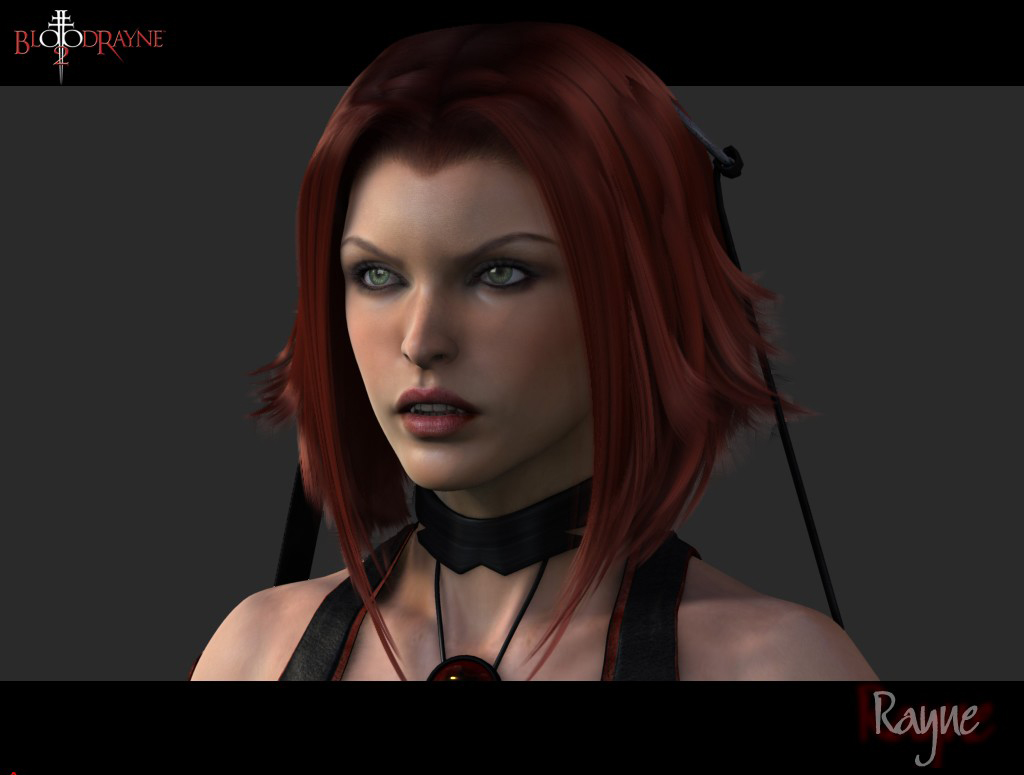
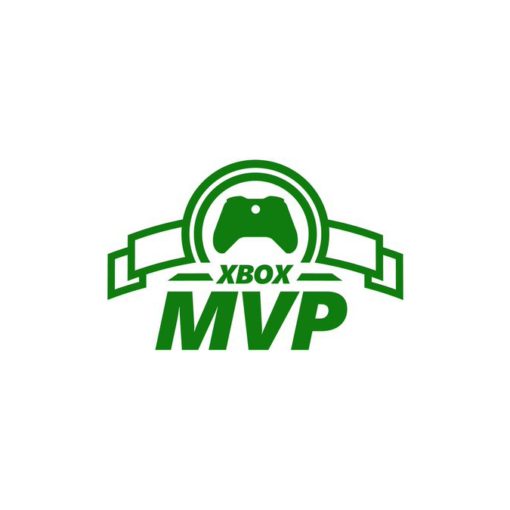
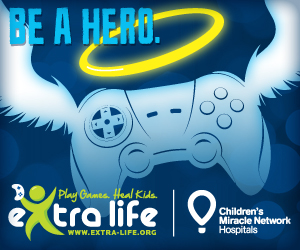
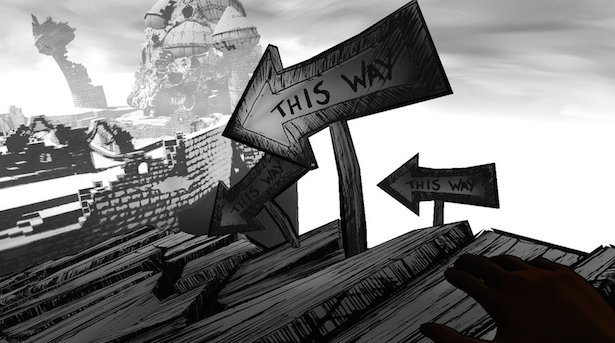
2 thoughts on “Inside a Movement: On Games and the Future of a Race”
Have you seen the video about the alternate ending? I’m thinking of playing thru again (I missed three the first time) just so I can watch.
I have! And I was trying to be purposely vague so as not to spoil the endings for folks, but I think that the alternate ending has some interesting things to say about systems and collectives as well. I can’t wait to do a kind of spoiler post/episode/video/something.